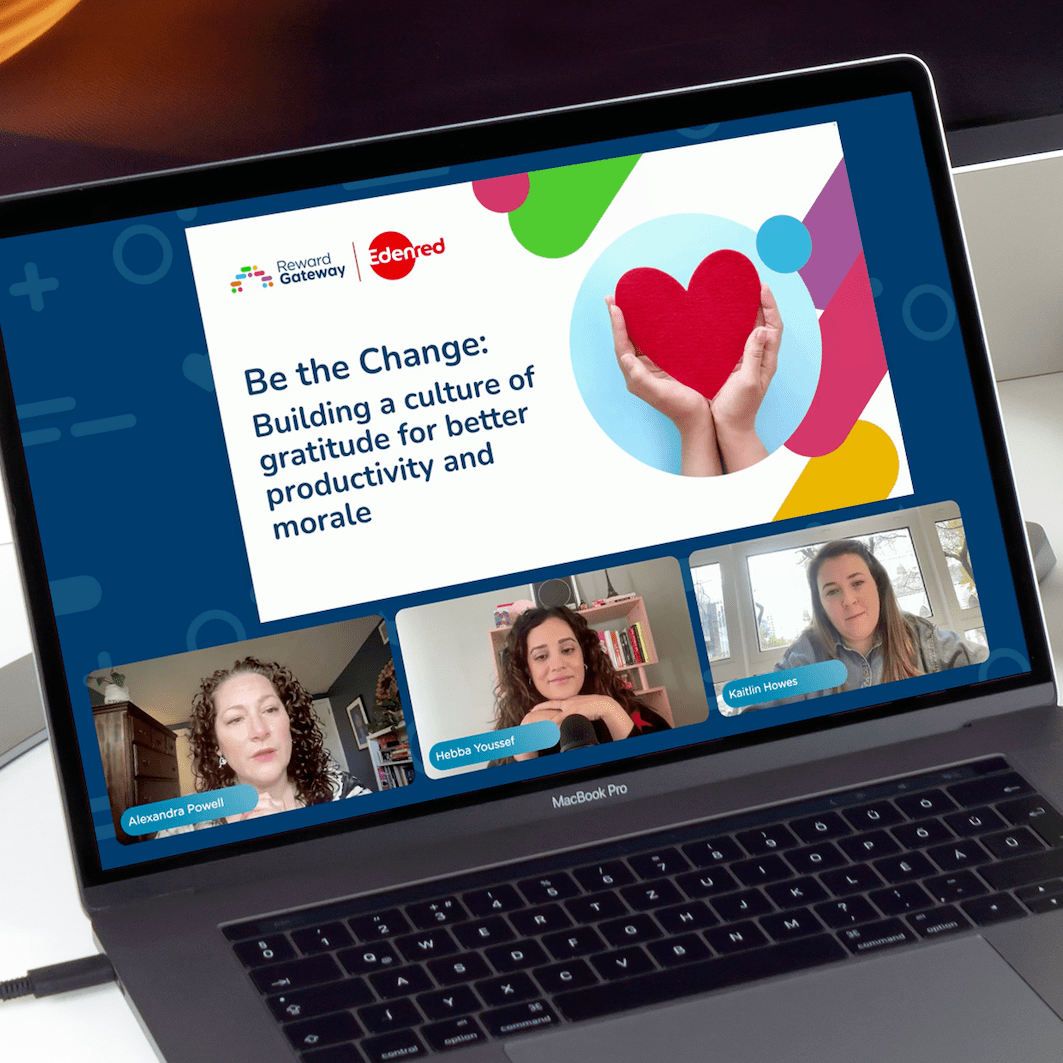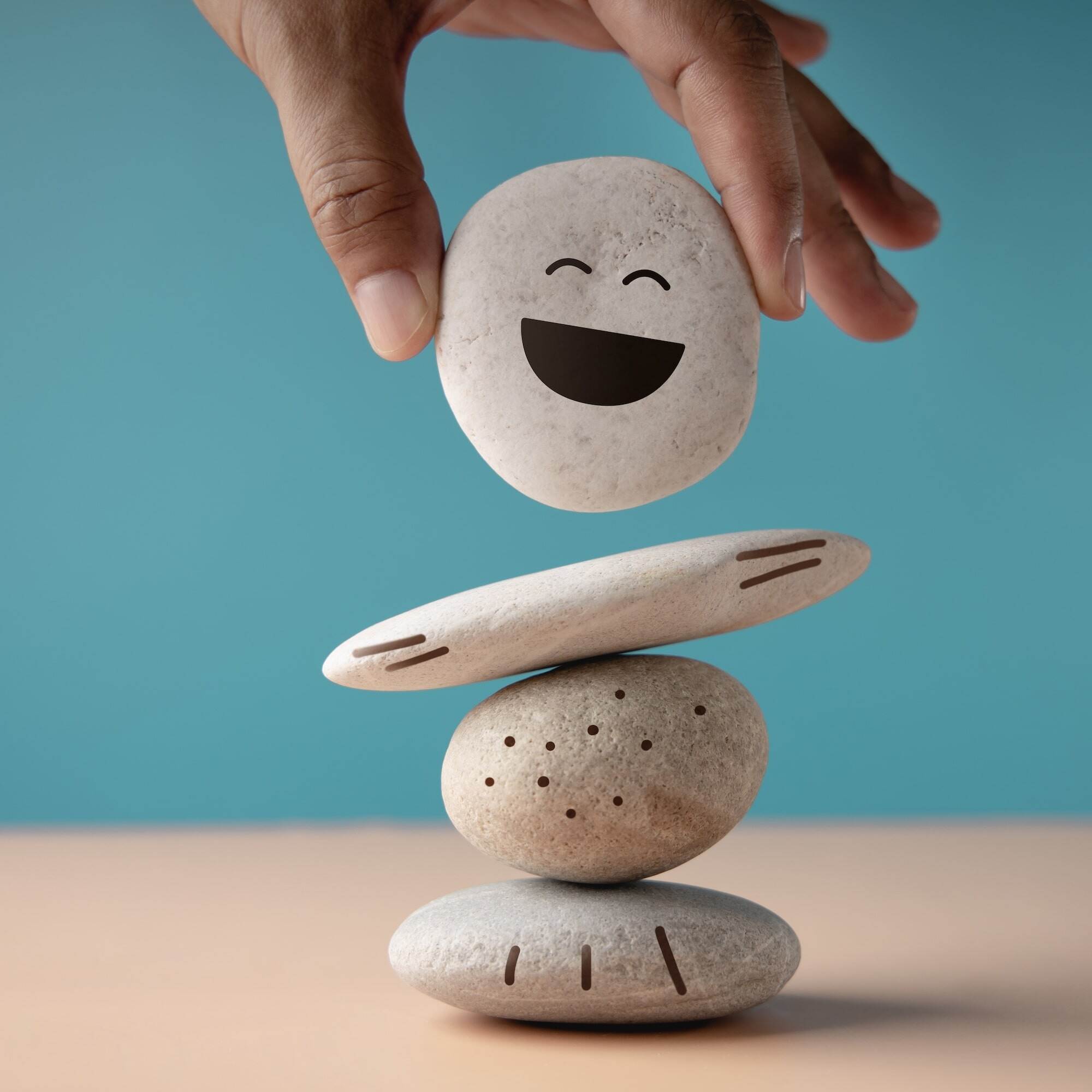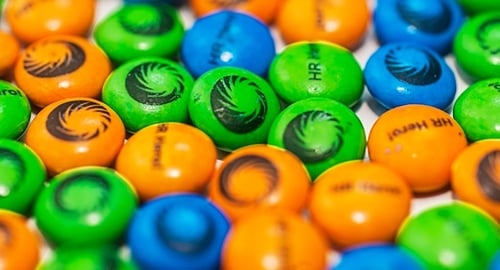
5 min read
We understand how important it is for HR teams to present their employee benefits program to the rest of the business in the right way. They need to make sure that it’s impactful, well thought-out and stimulating. Benefits are hugely valuable to your employees and we want to create a positive experience to encourage your employees to maximise them.
Branding is something that we have thought about a lot recently with the launch of our new employee engagement platform SmartHub™ and we wanted to share some of our ideas to help you create the perfect benefits brand.
1. Think about your benefits brand identity.
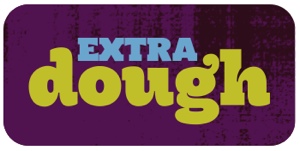 Does your benefits brand need to align with your corporate branding? Incorporating your company name or logo can make it instantly recognisable while creating an air of exclusivity to your employees.
Does your benefits brand need to align with your corporate branding? Incorporating your company name or logo can make it instantly recognisable while creating an air of exclusivity to your employees.
On the other hand you may want separate branding to show it as an exciting, new internal benefit. This can be done by incorporating company colours, fonts, and imagery but without direct reference to the company name. Some of my favourite client programme names are Thames Water’s ‘Benefits on Tap’ and Warburtons’ ‘Extra Dough’. Neither have the company name in the title, but are both very closely associated with the business and have a very strong brand identity.
2. What is your call to action?
Or in other words, what do you want your employees to get out of it? Are you refreshing a platform that has gone a bit stale or are you trying to re-enforce a new set of company values? There isn’t much point creating an amazing SmartHub™ HR Library, full of information and calling it ‘My Savings’ if discounts aren’t at the core of your identity.
Instead you want to create a hub with lots of digestible content that is really easy to use and really visually rich. If it’s important to you to be able to edit the content as often as you wish, then make sure your platform supports the ability to shape the employee journey more easily.
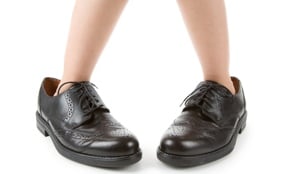
3. Put yourself in their shoes.
Imagine you are an employee from a different department, perhaps in a different location and at a different level. Think about the hours they work, think about their typical day. What will interaction with their engagement hub mean to them? Do this for each segment of your demographic to find out what the common themes are. How will your employees feel when they interact with your benefits platform? Will it engage them? You need to take your employees on a journey and the brand needs to be at the beginning, the middle and the end.
4. Talk the talk.
Think about your tone, language and style. How do you talk to your workforce? Do you refer to them as employees, colleagues, associates etc? Is your tone informal, lighthearted, warm? Do you have a ban on exclamation marks or spell certain words in CAPITALS? The more you think about this detail, the stronger the employee benefits brand you will create.
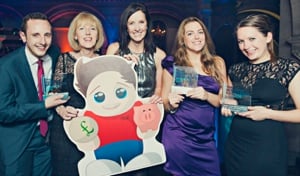
5. Create a strong visual identity.
Think about colours, fonts and layouts. When designing your communications decide if you are going to use photo images, illustrations, a collection of icons or even create your own characters?
Citation created a character especially for their benefits programme, called DAVE. Dave stands for Discounts and Various Exclusives, so they decided to create a mascot called Dave to drum up excitement. They had a cardboard cut-out created and have used it in all of their campaigns. It has really strengthened the DAVE brand by bringing it to life and making it visible to everyone. In fact, Dave was such a huge success that Citation picked up 3 Benefits Excellence awards in 2013.
6. Think outside the box.
Don’t just rely on emails and posters to communicate your message, think about other ways to grab the attention of your workforce. Branded merchandise is a really effective way to do this and there are a range of suggested items available in the RG Engagement Store. Try to avoid using a blanket approach and instead breakdown your workforce into segments, you will probably find that each segment will respond differently to different products, for example call centre operatives my appreciate a stress ball, while lorry drivers may prefer an ice scraper or a travel mug. We've even got branded M&Ms! (pictured above.)
You also need to think about the message you include on your gifts. Items that have longevity present an opportunity to have a constant reminder, think about something more informative than just your programme logo and URL. If a new employee picks up this item without knowing anything about your benefits platform, what would the message mean to them?

7. Think about the timing.
One key factor with communications that sometimes gets overlooked is the execution. Think about how you will deliver the communications and when they will reach the employee. Sometimes seasonal messages are great, but will that poster promoting Christmas shopping reach the store at the other end of the country on time?
In reality, you need available resource on the ground to help get the posters put up and taken down again; if this isn’t readily available, think about using a more permanent message that won’t become out of date quite so quickly. If employees keep seeing expired messages they will start to associate negatively with your brand or become misinformed about what is available and when.

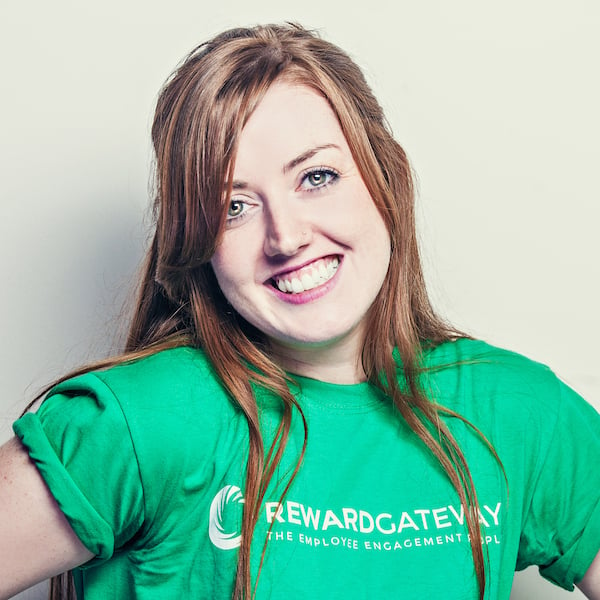 Amy Turner
Amy Turner

